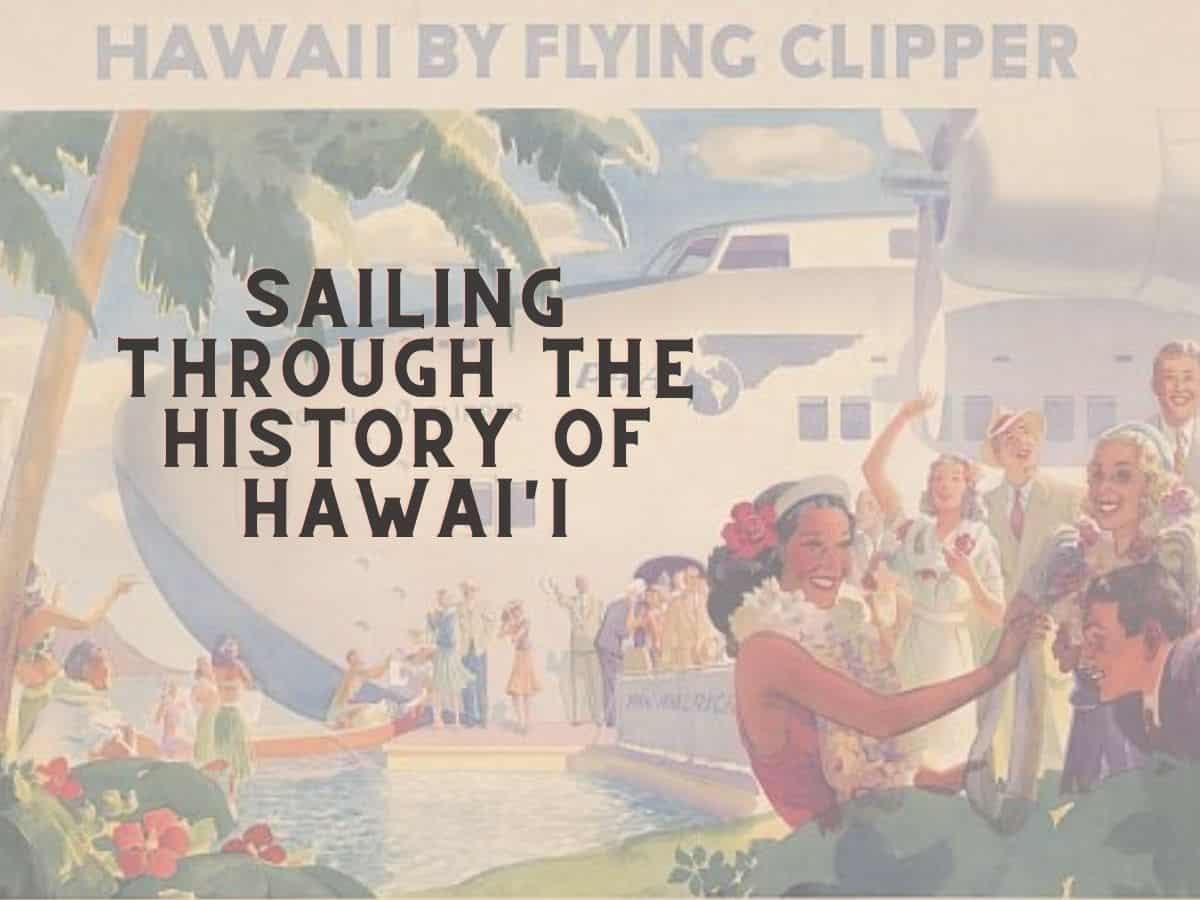Target student group
The target group will be U.S. History High School students. This is due to the reading and the need for the students to create inferences from the context.
Lesson context
The lesson will be about the Civil Rights Movement, specifically about Dr. Martin Luther King Jr. The students will use the context of the “Eulogy for the Martyred Children”, the photo of Dr. King at Washington, and then “I Have a Dream”. The students will go through the lesson about the Civil Rights Leaders. Dr. King will be the focus of the students after the lecture on Nearpod.
As a side note, the “I Have a Dream” speech was inspired by Mahalia Jackson who shouted to him “tell them about the dream, Martin. Tell them about the dream” during his speech at the National Mall in Washington D.C… Dr. King begins to change from his prewritten speech to the famous “I Have a Dream” with “And so even though we face the difficulties of today and tomorrow, I still have a dream. It is a dream deeply rooted in the American dream…”.
Nearpod Link: https://share.nearpod.com/7Lk6SQRB2ab
Three historical documents with the close reading prompts:
- “Eulogy for Martyred Children” (Citation: King, Martin Luther, Jr., 1929-1968. A Testament of Hope: the Essential Writings of Martin Luther King, Jr. San Francisco: HarperSanFrancisco, 1991.)
- Photograph of Dr. Martin Luther King Jr. addressing the crowd during the 1957 Prayer Pilgrimage for Freedom in Washington, D.C. Source
- I Have a Dream (Citation: King, Martin Luther, Jr., 1929-1968. A Testament of Hope: the Essential Writings of Martin Luther King, Jr. San Francisco: HarperSanFrancisco, 1991.)
The reading Prompts will be (respective to the reading):
Key Concepts:
-Who created the document?
-What’s their point of view/purpose?
-How did the text say it?
-How does it reflect its historic time period?
What Does this Photo Tell Me?
-Write down what you think the photo is showing you
What does this text mean to me?
-Share with your partner: The author is trying to convince me of (______). I do (or don’t) trust this document because (_______).
“Teacher’s guide” to what you would expect for student answers.
Key Concepts:
-Who created the document?
Martin Luther King Jr.
-What’s their point of view/purpose?
Their point of view is that the death of the four little girls at the 16th St. Baptist Church in Alabama are now martyrs. They are being used as a call to continue to fight for justice since their killers were men in the KKK.
-How does it reflect its historic time period?
This reflected the Civil Rights Movement because the church was used as a common meeting location for civil rights leaders. It also reflected the level of violence that White Americans used to Black/ African Americans.
What Does this Photo Tell Me?
-Write down what you think the photo is showing you
The students could talk about the U.S. flag, the number of people present, who the man is, the location of this photo.
What does this text mean to me?
-Share with your partner: The author is trying to convince me of (______). I do (or don’t) trust this document because (_______).
The students could share that the author is trying to convince them of a dream, equal rights. They can share their personal opinion about the text as well.




